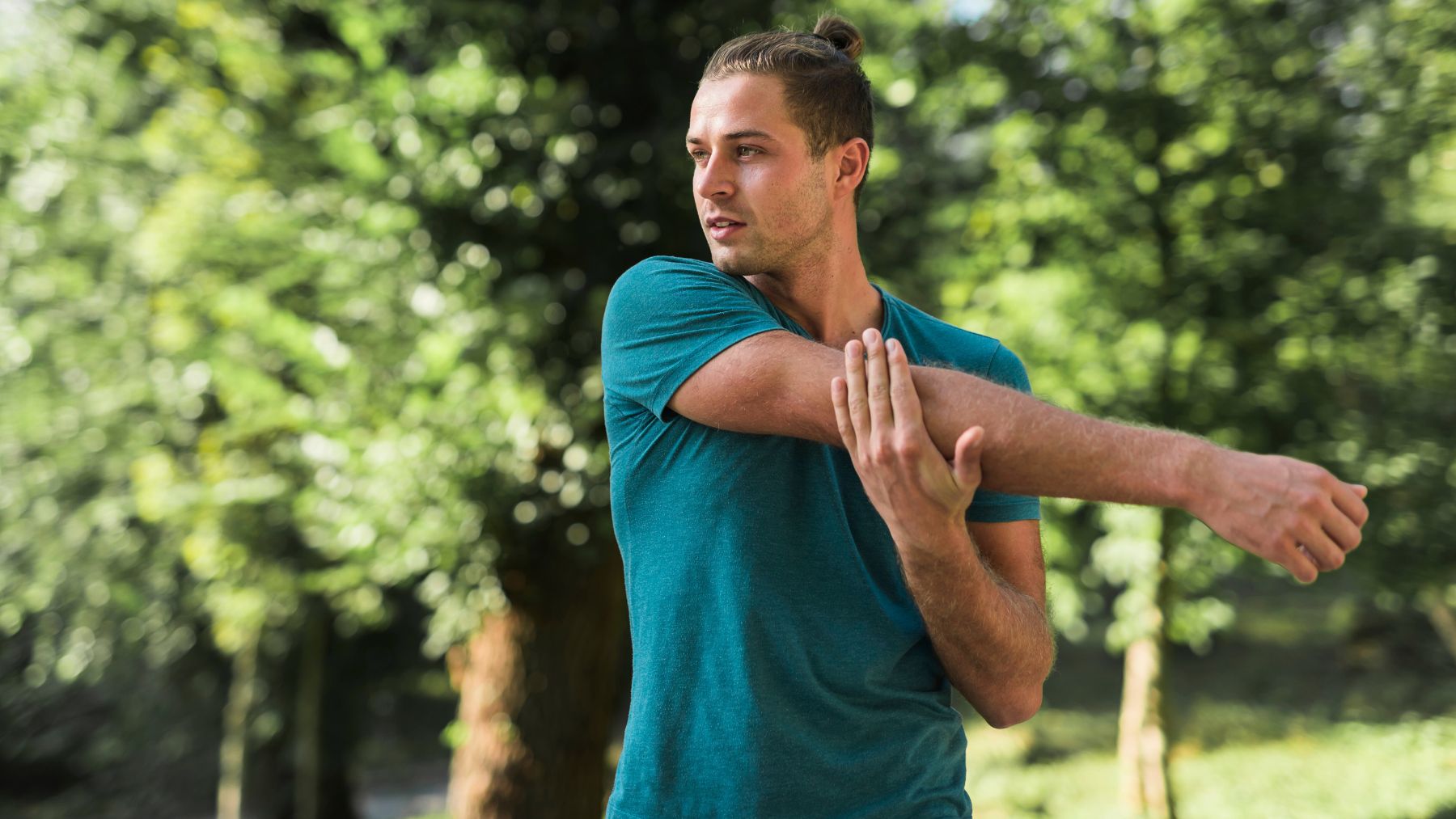If you think the best cure for aching joints comes from a pill bottle or surgery, think again. According to new research, the real remedy isn’t in a prescription or an operating room: it’s in movement.
Experts say that regular exercise is the most effective treatment for joint pain caused by osteoarthritis, the world’s most common joint disease. Clodagh Toomey, a physiotherapist and associate professor at the University of Limerick, explains that movement doesn’t wear joints down—it keeps them alive. Here, we’ll look at what science says about exercise as medicine and how you can add more of it into your day to protect your joints.
The real medicine for joint pain
Osteoarthritis affects more than half a billion people worldwide, and that number is expected to approach one billion by 2050. It’s often described as “wear and tear”, but researchers now know that’s not the full story. Joints aren’t like car parts that simply erode over time. They’re living systems that depend on movement to stay healthy.
Cartilage, the tissue that cushions the ends of your bones, has no blood supply. It relies entirely on motion to receive nutrients. Every time you move—walking, bending, climbing stairs—the joint compresses like a sponge, pushing out old fluid and drawing in new, nutrient-rich fluid.
That constant exchange keeps cartilage resilient and lubricated. When people stop moving, that process breaks down. Stiffness, pain, and inflammation set in, creating a cycle of inactivity that makes symptoms worse.
Studies from the US, UK, Norway, and Ireland show that fewer than half of patients with osteoarthritis are referred to exercise programs, even though it’s one of the best-proven therapies. Many are sent to surgeons before trying conservative treatments like physical therapy or strength training. Supervised exercise programs have been shown to reduce pain, improve mobility, and enhance quality of life for up to a year after completion.
Regular activity lowers inflammation, strengthens muscles around joints, and can influence how genes linked to osteoarthritis behave. It also helps manage body weight, which reduces stress on the knees and hips and limits the release of inflammatory molecules that worsen the disease.
There are currently no drugs that slow or reverse osteoarthritis, and joint replacement surgery—while effective for some—carries significant risks and doesn’t guarantee success. Exercise, on the other hand, strengthens the entire joint system with no harmful side effects.
Simple ways to move more every day
Here are some practical ways to add more movement to your day and help your joints:
- Start with low-impact exercises. Walking, cycling, swimming, or water aerobics are gentle on the joints but keep them active and strong.
- Try resistance training. Using light weights or resistance bands helps build muscle around affected joints, especially the knees and hips.
- Work on balance and coordination. Programs like tai chi or yoga improve joint stability and flexibility, reducing the risk of falls or injury.
- Break up sitting time. Stand up, stretch, or take a quick walk every hour to keep joints from stiffening.
Regular, mindful movement strengthens joints, eases pain, and supports long-term mobility far better than rest or medication alone. Before considering surgery or relying on painkillers, start with the simplest prescription there is: moving your body.
